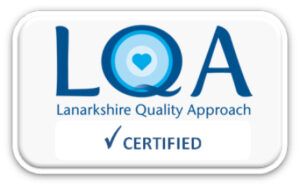Flexor Tendon Injuries to the thumb
Information for patients
NHS Lanarkshire Hand Therapy Department
PIL.INJFLX.21_06001.L
Introduction
You have injured the flexor tendon that bends your thumb. The tendon is very delicate after surgery and without proper care and treatment it could potentially lead to the repaired tendon rupturing. Re-rupture of the tendon would require further surgery and delay the healing process.
Tendons take up to twelve weeks to heal and during this time your activities will be restricted. Heavy lifting and contact sports should not be carried out until after twelve weeks. You are advised to discuss your return to work with your hand therapist. If you drive to work this will not be permitted straight after surgery. Your work activities will dictate when you are permitted to return to work.
Remember you need to elevate your hand for the first two weeks after your operation to help keep swelling to a minimum. You can do this by using your sling or by resting your hand on your shoulder or on a couple of pillows when you sleep. Letting your hand hang down may cause it to throb and become swollen.
Your tendon will need to be protected in a thermoplastic splint to prevent certain movements and activity that will risk rupturing your tendon repair.
The splint made for you must be worn 24 hours a day for the first 6 weeks. You are not permitted to drive at this stage.
Splint care
Do not place your splint in hot water or near a heater.
Check your skin regularly for red, sore areas of skin and let your therapist know if you have any concerns.
Use a plastic bag to cover your arm and splint when showering or bathing until your therapist advises you may complete a protected bathing of your hand.
General Care to Your Hand
- Do not attempt to fully straighten your thumb with your other hand.
- Do not use your injured hand for anything. Any activity other than supervised exercises may cause your tendon to rupture. This includes even the lightest of tasks e.g. housework, driving.
- Do not get your hand or splint wet whilst stitches are present. If showering or bathing place your arm in a polythene bag to keep it dry.
- It is extremely important you do your exercises regularly and exactly as prescribed.
- Do wear your sling if out in public to protect and raise your injured hand.
Home Exercise Programme: Week 1
These exercises are to help keep your injured hand supple and move the injured tendon, improving their function and strength. If you do not move at all then your tendon may become stuck in scar tissue, causing contractures of the joints. Remove your arm from the sling, stretch above your head, straightening your elbow.
- Without forcing movement, use your unaffected hand and push your thumb towards the base of the little finger, pressing gently over the nail and try to keep the thumb in contact with the palm using your forearm muscles.
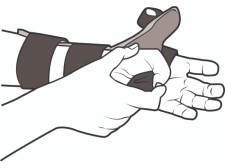
- Actively bend your thumb towards your little finger
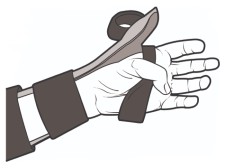
- Actively bend the tip of the thumb on its own
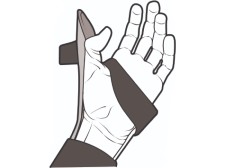
- Actively straighten your thumb to the back of the splint, concentrating on touching the splint with your fingernail. Do not force the thumb straight with your uninjured hand.
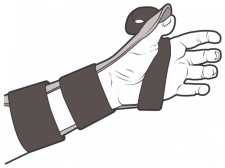
Repeat all exercises 10 times every hour
Scar Care
After surgery it is important that you keep the dressing dry to avoid problems with your wound. Your stitches will be removed 10-14 days after the surgery.
Once your wound is fully healed massaging the scar helps to keep the tissues around the tendon supple and mobile, this will make it easier for you to move your hand. Your hand therapist will show you how to do this.
Week 6 – Week 8
Your tendon is now a little stronger but is still at risk of rupture if you use for heavy tasks. The second half of your tendon rehabilitation is meant to gradually increase the strength of the tendon.
Continue to wear the splint at night and when outdoors.
Start to use your hand for light activities, less than 1kg in weight, e.g. hold your mobile phone or a light cup or newspaper etc.
Squeezing a firm stress ball is NOT advised at this stage.
- Touch each fingertip with your thumb
- Run the thumb to the bottom of the little finger
- Pull the thumb out to the side
- Pull the thumb away from your index finger
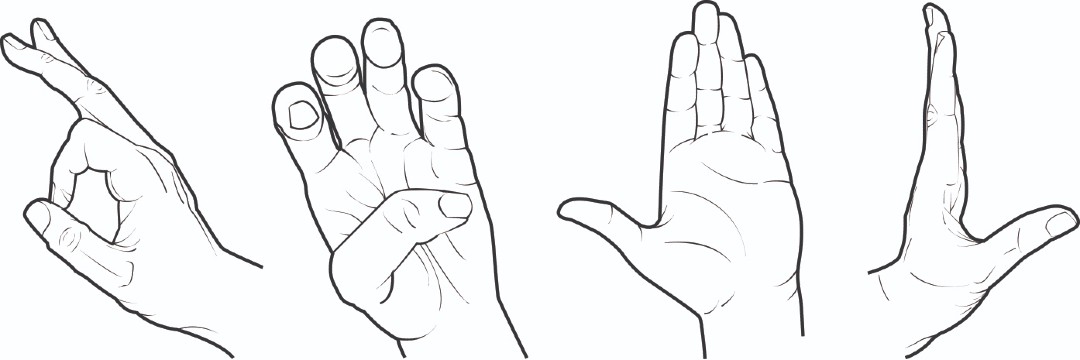
Week 8 – Week 10
You may now discard your splint.
Light to moderate use of the hand may commence, 1- 5kgs
If your hand therapist is happy with your progress then you may return to driving at week 10.
Week 12
Return to sports and all heavier tasks.
Gradual return to work.

If you have any questions then please call your hand therapist on:
University Hospital Monklands: 01698 752088
University Hospital Hairmyres: 01355 585429
Should you feel a snapping sensation combined with a decrease in movement then please contact the Hand Therapy Department immediately using the relevant number of the department you are attending. If a rupture occurs it is more difficult to re-repair the second time round, therefore we need to act immediately.
If your wound becomes smelly, red or suddenly very painful, contact the Orthopaedic Unit or your GP to rule out a wound infection. In an emergency then please go to the Accident & Emergency department.
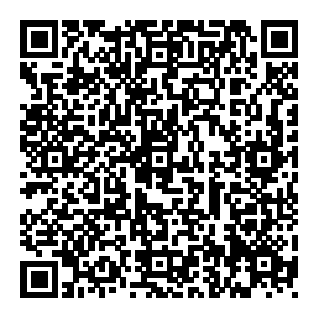
Pub. date: May 2022
Review date: May 2024
Issue No: 02
Reference: PIL.INJFLX.21_06001.L
22_13461
If you need this information in another language or format, please e-mail:
